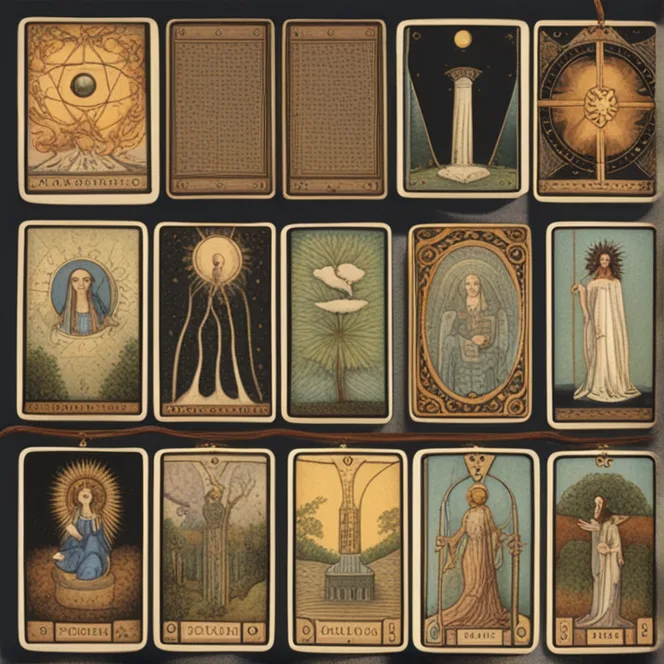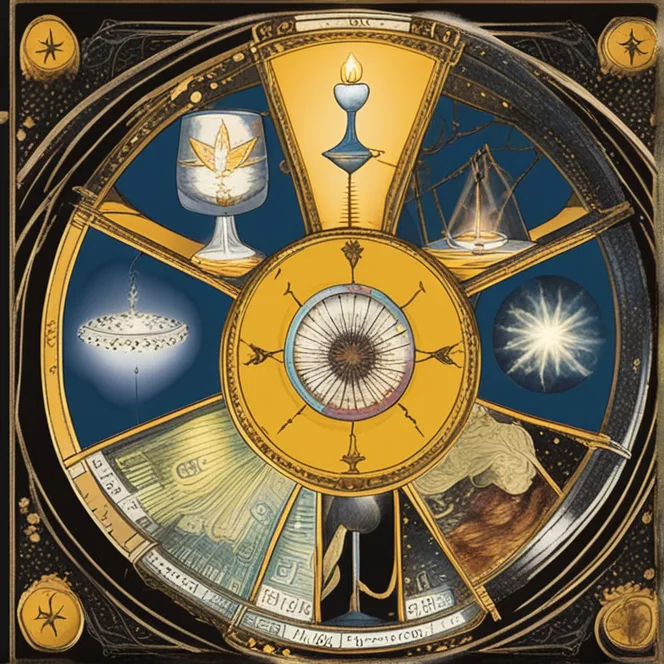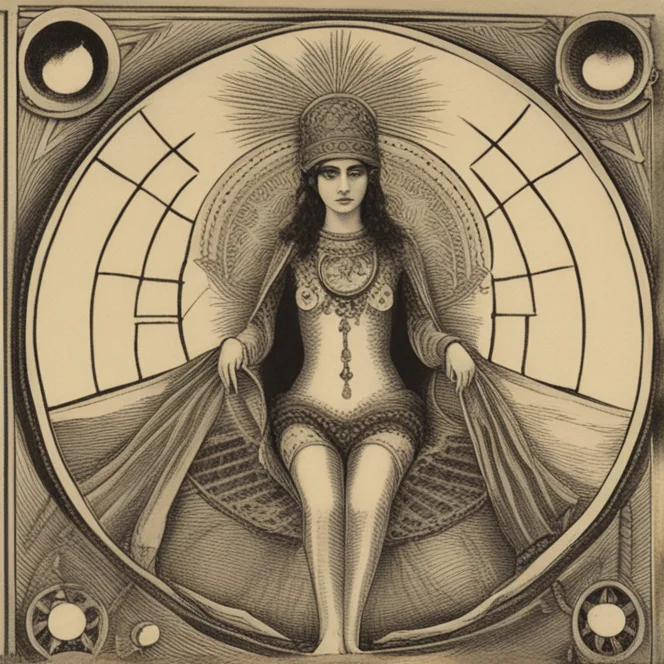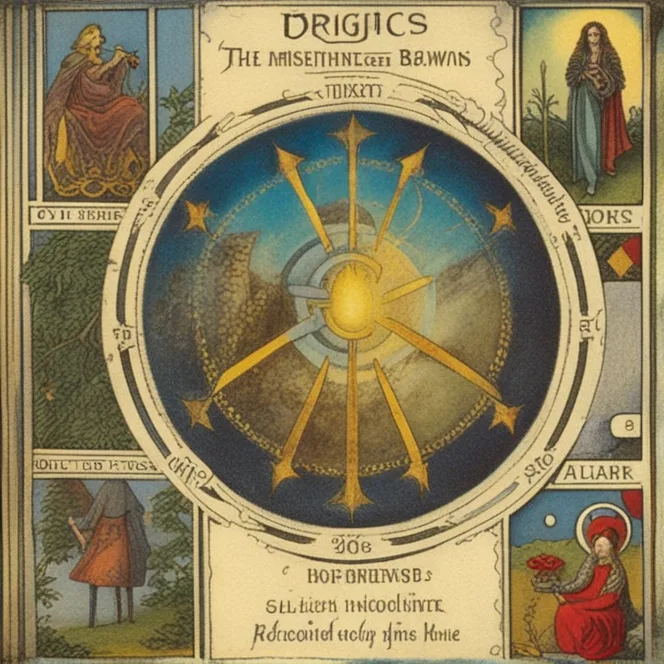
Historical Mysteries Unveiled
As an enigmatic art that has piqued human curiosity for centuries, the origin of Tarot is a topic rife with myths, speculation, and scholarly debate. Often misunderstood, Tarot’s true beginnings are as complex as the intricate symbols gracing each card. While commonly associated with the occult and divinatory practices, the genesis of Tarot can be traced back to a more mundane pastime in 15th-century Europe: card games. Specifically, the 'Tarocchi' gameplay in Italy is the first documented instance of Tarot cards being used, setting the foundation for their evolution into the mystical tool we recognize today.

From Game to Divination
Initially, Tarot decks were comprised of suits similar to modern playing cards, but they included a fifth suit of trumps or 'major arcana'. These additional cards were rich with symbolic imagery and, over time, people began to associate them with deeper meanings and esoteric wisdom. By the 18th century, Tarot had secured its position as a conduit for divination. Individuals, including respected scholars of the time such as Antoine Court de Gébelin, propagated the belief that Tarot cards held ancient secrets, possibly linked to Egyptian lore and Kabbalistic teachings, although these theories have never been substantiated.

A Tool for the Occult
As Tarot's use in divination became popularized, its esoteric connections deepened. The 19th century bore witness to a Tarot renaissance, where figures like Eliphas Lévi brought the cards to the forefront of occult traditions, intertwining them with hermetic philosophy and other mystical systems. This nexus of beliefs contributed to Tarot's mystique and embedded the cards as an indispensable tool within various occult movements. Tarot's symbology became richer and more complex, transforming into a reflective medium for personal growth and spiritual guidance.

The Golden Dawn's Influence
The Hermetic Order of the Golden Dawn, an organization founded in the late 19th century, was instrumental in shaping the modern interpretation of Tarot. Members like A. E. Waite and Aleister Crowley designed their own Tarot decks—most notably the Rider-Waite and Thoth decks, which remain influential. The group's work synthesized Tarot symbolism with mystical elements such as astrology, alchemy, and the Kabbalah, thereby redefining Tarot's purpose from mere fortunetelling to a system for understanding the human experience.

The Journey to Contemporary Times
In the 20th century, Tarot's appeal spread beyond occult circles into broader society, buoyed by rising interest in alternative spirituality. Tarot reading became a popular form of psychic exploration and self-discovery, embraced by a diverse audience. Today's Tarot encompasses a plethora of decks, each with unique artistic interpretations and thematic elements, illustrating that the cards are a living tradition – ever-evolving and adapting to the zeitgeist of the age. This journey from roots in simple card play to a deeply woven part of spiritual practice demonstrates Tarot's enduring legacy and versatility as a tool for insight.
Published: 12/6/2023
Modified: 12/6/2023
More predictions
Come back here soon to learn more about yourself and your future


Exploring The Reality Of Tarot Cards
Delve into the mystical world of tarot cards to understand their reality and the role they play in divination practices.


Unveiling Tarot Precision
Explore the enigmatic realm of tarot readings to discern myth from truth regarding their accuracy and relevance in contemporary divination practices.


Tarotscope Journeys: Navigating Your Spiritual Path
Tarotscope, a mystical fusion of tarot cards and astrology, offers more than just a glimpse into the future; it provides a profound tool for self-discovery and spiritual growth. This article embarks on a journey into the realm of tarotscope, exploring its role in helping individuals uncover their spiritual path, connect with their inner selves, and find meaning in their lives.